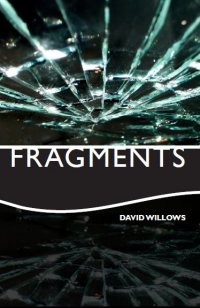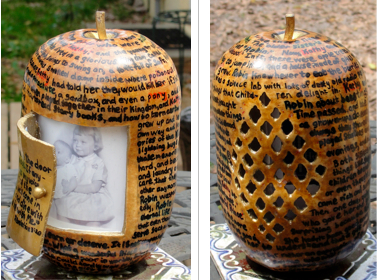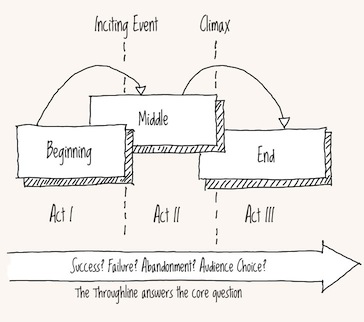After I published the first installment of my Q&A with David Willows, a reader e-mailed me to ask about this passage:
In my current work as the director of external relations of a large international school, it is true that I often say that my role is all about telling the story of my school and helping others find their place in that story.
The reader wanted to know what David meant by “helping others find their place in that story,” so I asked him. Here’s his response:
That’s a great question. To answer it, let’s think first about what happens when we read or listen to stories. Great stories don’t leave us for very long as passive “observers.” Instead, they engage us, challenge us, and invite us to join in; and we find ourselves literally playing a role in the story — imagining ourselves as the would-be hero, the victim in need of rescuing or even the rogue!
Turning to our role as storytellers in the context of an international
school, I think that there are a number of parallels. First, it falls to some of us to narrate a story of education that is powerful and engaging. That’s key to effective marketing. Then, whether we are talking about prospective families, possible major donors or sponsors, future teachers or the students themselves — we then need to find ways of helping these would-be actors feel that they are part of the unfolding story; ways to make them literally imagine themselves as featuring in the next chapter; envision precisely how their gift will have a transformative effect; or simply imagine themselves as included, challenged and successful students.
By telling stories, we invite these various stakeholders to move from the stands into the centre of the stage. We give them lines to read and offer them the chance of playing a starring role.
See a photo of David, his bio, Part 1 of the Q&A, Part 2, Part 3, Part 4, and Part 5.







